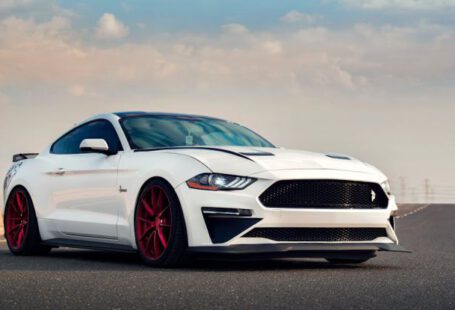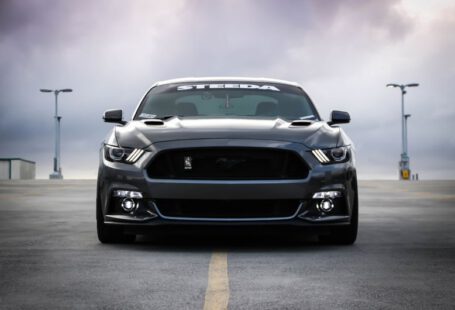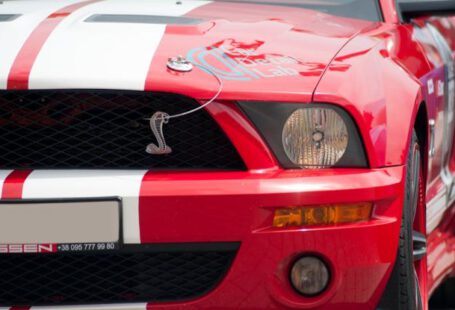The 1970s and 1980s were transformative decades for the automotive industry, marked by advancements in technology, design, and performance. During this time, the Ford Mustang underwent significant changes and introduced several innovations that solidified its place as an iconic American muscle car. Let’s delve into the key innovations that Mustang introduced in the ’70s and ’80s.
Evolution of Design and Performance
In the 1970s, the Ford Mustang underwent a major redesign to adapt to changing consumer preferences and stricter safety and emissions regulations. The second-generation Mustang, introduced in 1974, featured a sleeker and more aerodynamic design compared to its predecessors. The iconic long hood and short deck proportions were retained, but the overall styling was more refined and modern.
The introduction of the Mustang II in 1974 marked a shift towards a smaller and more fuel-efficient platform. This downsizing was a response to the oil crisis of the early 1970s, which led consumers to prioritize fuel economy over raw power. Despite the smaller size, the Mustang II retained its sporty character and offered a range of engine options to cater to different performance preferences.
In the 1980s, Ford continued to refine the Mustang’s design and performance capabilities. The third-generation Mustang, launched in 1979, featured a more angular and aggressive styling, with sharper lines and a more aerodynamic profile. The introduction of the “Fox body” platform in 1979 marked a significant departure from the Mustang’s traditional design language, setting the stage for future iterations of the iconic muscle car.
Innovations in Technology
One of the key innovations introduced by Mustang in the 1980s was the availability of fuel injection technology. The introduction of electronic fuel injection systems in the mid-1980s marked a significant advancement in engine efficiency and performance. Fuel injection replaced traditional carburetors, offering better fuel economy, improved throttle response, and more precise control over the air-fuel mixture.
Another technological innovation introduced by Mustang in the 1980s was the adoption of computer-controlled engine management systems. These systems utilized advanced electronics to monitor and adjust various engine parameters in real-time, optimizing performance and fuel efficiency. The integration of computer-controlled engine management systems laid the foundation for future innovations in automotive technology and helped enhance the Mustang’s reputation as a high-performance muscle car.
Performance Enhancements
In the 1980s, Mustang introduced several performance enhancements to cater to driving enthusiasts and racing enthusiasts. The introduction of the Mustang SVO (Special Vehicle Operations) in 1984 marked a significant milestone in the Mustang’s evolution, offering a turbocharged four-cylinder engine and a range of performance upgrades. The Mustang SVO showcased Ford’s commitment to pushing the boundaries of performance and technology, setting a new standard for American muscle cars.
The 1980s also saw the introduction of the Mustang GT, a high-performance variant that combined aggressive styling with potent V8 engines. The Mustang GT quickly gained a reputation for its impressive acceleration and handling capabilities, solidifying its status as a top contender in the muscle car segment. The success of the Mustang GT paved the way for future iterations of the iconic pony car, showcasing Ford’s dedication to delivering high-performance vehicles that resonate with driving enthusiasts.
In Conclusion: Mustang’s Legacy of Innovation
The 1970s and 1980s were pivotal decades for the Ford Mustang, during which the iconic muscle car underwent significant changes and introduced several key innovations. From design enhancements to technological advancements and performance upgrades, Mustang continued to push the boundaries of automotive excellence and cement its status as a true American legend. The innovations introduced by Mustang in the ’70s and ’80s laid the foundation for future generations of the iconic pony car, showcasing Ford’s commitment to innovation, performance, and driving excitement.





